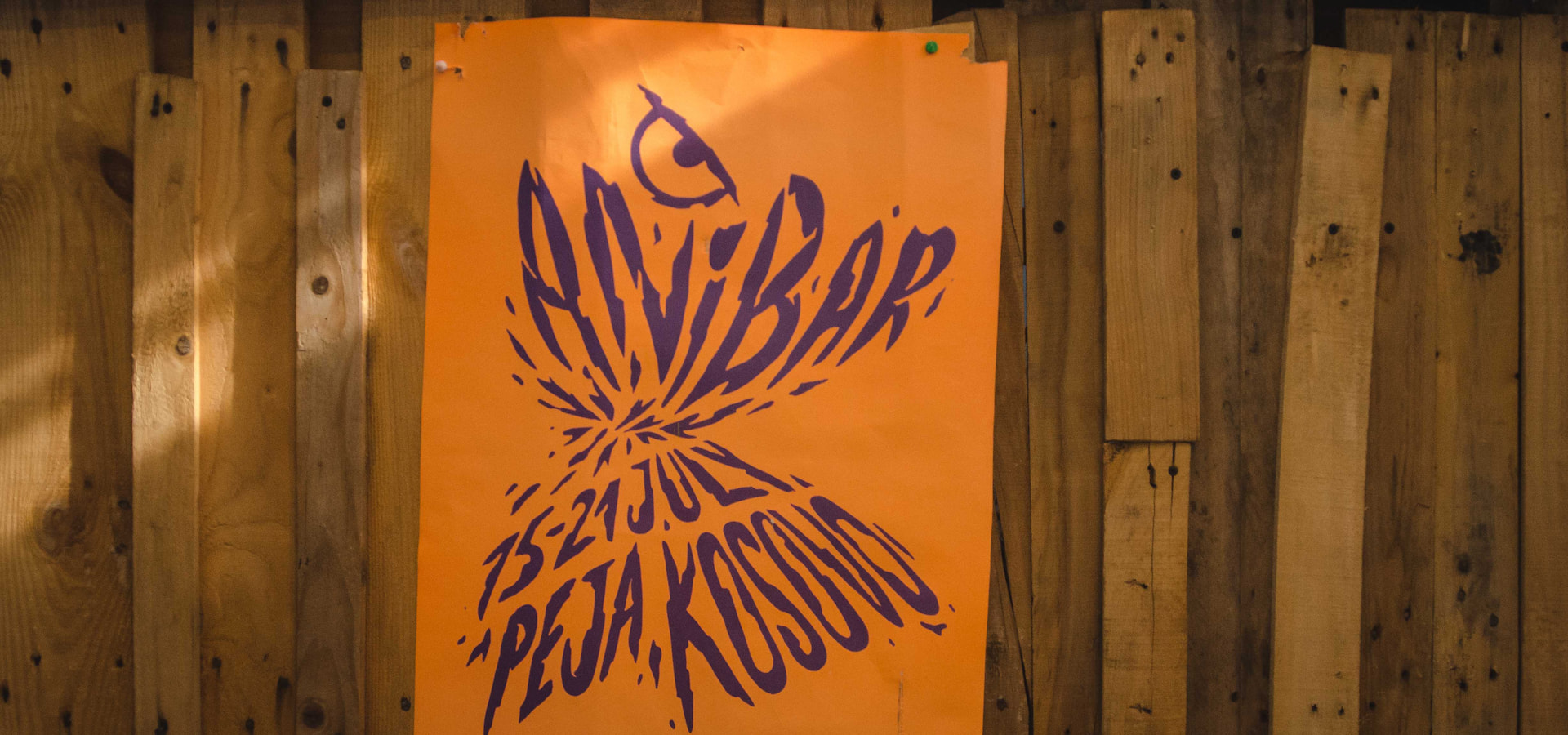
Hopes, fears and animating a community
Behind the scenes at Anibar 2019.
|19.07.2019
|
Today, Anibar has established an animation academy in Peja with a yearly program and a weekly course in Prishtina, with equipment accessible for those who want to learn.
This dimension of activism, permeating the festival, also lies behind the theme of this anniversary edition.
Notably in the student competitions, creativity and experimentation shines.

Sindre Langmoen
Sindre Langmoen was an Editor at K2.0. He holds a Bachelor of Science in Politics, Psychology, Law & Economics from the University of Amsterdam. He is particularly interested in photography and politics.
This story was originally written in English.